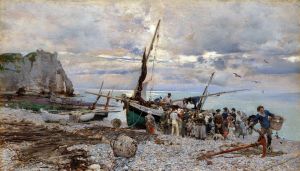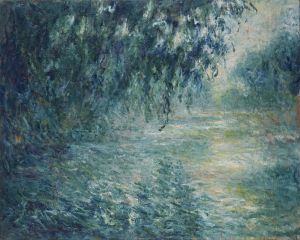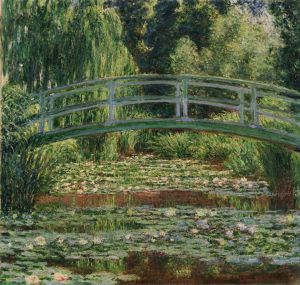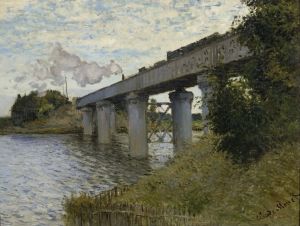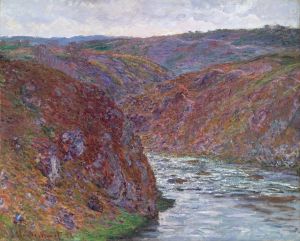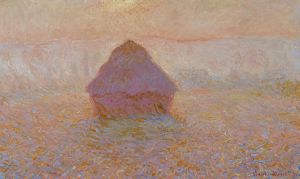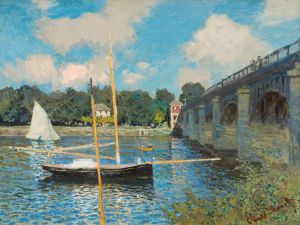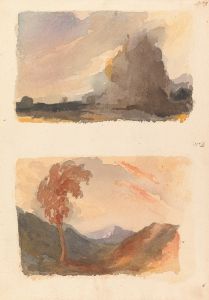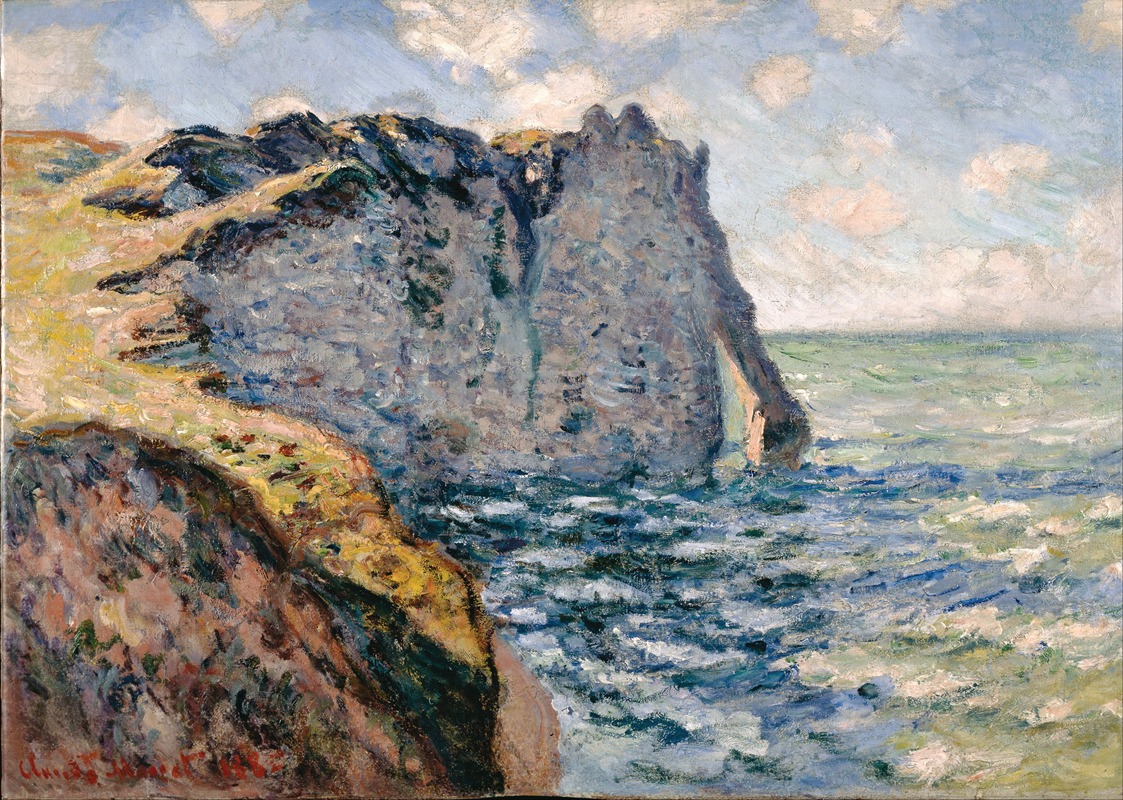
The Cliff of Aval, Etrétat
A hand-painted replica of Claude Monet’s masterpiece The Cliff of Aval, Etrétat, meticulously crafted by professional artists to capture the true essence of the original. Each piece is created with museum-quality canvas and rare mineral pigments, carefully painted by experienced artists with delicate brushstrokes and rich, layered colors to perfectly recreate the texture of the original artwork. Unlike machine-printed reproductions, this hand-painted version brings the painting to life, infused with the artist’s emotions and skill in every stroke. Whether for personal collection or home decoration, it instantly elevates the artistic atmosphere of any space.
"The Cliff of Aval, Étrétat" is a painting by the French Impressionist artist Claude Monet, created in 1885. This artwork is part of Monet's series of paintings depicting the dramatic cliffs and coastal landscapes of Étrétat, a small seaside town in Normandy, France. Known for its striking natural arches and towering limestone formations, Étrétat was a popular destination for artists in the 19th century, and Monet was particularly captivated by its unique scenery.
Monet painted "The Cliff of Aval, Étrétat" during one of his visits to the region, where he sought to capture the interplay of light, color, and atmosphere on the rugged coastline. The painting showcases the Aval cliff, one of the most iconic features of Étrétat, with its natural arch extending into the sea. Monet's use of loose brushstrokes and vibrant colors exemplifies the Impressionist style, emphasizing the fleeting effects of light and weather on the landscape.
The composition of the painting highlights Monet's ability to balance detail with abstraction. The cliffs are rendered with a sense of solidity and texture, while the surrounding sea and sky are depicted with fluid, dynamic brushwork. This approach creates a harmonious interplay between the natural elements, drawing the viewer's attention to the ever-changing beauty of the scene.
Monet's works from Étrétat, including "The Cliff of Aval," are celebrated for their ability to convey the artist's deep connection to nature and his fascination with the effects of light and atmosphere. These paintings also reflect Monet's dedication to plein air painting, a technique that involves working outdoors to capture the immediate impressions of a scene.
Today, "The Cliff of Aval, Étrétat" is recognized as an important example of Monet's exploration of coastal landscapes and his mastery of the Impressionist style. The painting is held in a private collection, and its exact location may vary depending on exhibitions and loans. Monet's Étrétat series continues to be admired for its artistic innovation and its ability to evoke the sublime beauty of the natural world.





